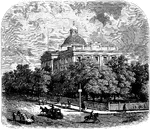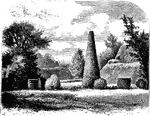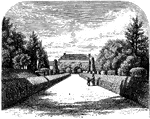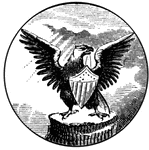Mississippi
The Mississippi ClipArt gallery includes 36 illustrations related to the Magnolia State.

20 Star United States Flag, 1818
Color illustration of a 20 Star United States flag. The additional stars represent the states of Indiana,…

20 Star United States Flag, 1818
Black line illustration of a 20 Star United States flag. The additional stars represent the states of…

Battle of Baker's Creek
"Battle of Baker's Creek, May 16th, 1862- Defeat of the Confederates under Pemberton, by General Grant.…

Battle at Big Black River
The Battle of Big Black River Bridge, or Big Black, fought May 17, 1863, was part of the Vicksburg Campaign…

View on the Big Black River
The Battle of Big Black River Bridge, or Big Black, fought May 17, 1863, was part of the Vicksburg Campaign…
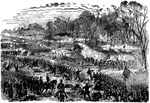
Battle of Champion Hills
"Battle of Champion Hills, May 16th, 1863- the formidable position of General Pemberton carried by Generals…
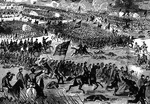
Battle of Champion Hills
"Battle of Champion Hills, May 16th, 1863- the formidable position of General Pemberton carried by Generals…

Battle of Champion Hills
"Battle of Champion Hills, May 16th, 1863- the formidable position of General Pemberton carried by Generals…
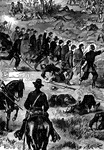
Battle of Champion Hills
"Battle of Champion Hills, May 16th, 1863- the formidable position of General Pemberton carried by Generals…

Entering Clinton
"General McPherson entering Clinton, Miss. To facilitate the movements of the Federal armies near Chattanooga…

Evacuation of Corinth
Evacuation of Corinth, Mississippi- Confederate fortifications, from the northern angle, looking south-…

Evacuation of Corinth
Evacuation of Corinth, Mississippi- burning of stations, warehouses and supplies- entry of Federal Troops.…

Jefferson Davis
(1808-1889) President of the Confederate States of America. US Senator from Mississippi

Jefferson Davis
Jefferson Davis, a senator from Mississippi who was elected president of the Confederate States of America.…

Lucius Quintus Cincinnatus Lamar II
Lucius Quintus Cincinnatus Lamar (September 17, 1825 – January 23, 1893) was an American politician…

Seal of Mississippi
The Great Seal of the State of Mississippi. The bald eagle wears stars and stripes and holds an olive…
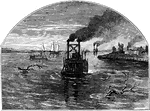
Scene of Mississippi
The Mississippi Valley lies between the predominant and secondary mountain-systems. It is over 300,000…

Natchez, Mississippi
An illustration of Natchez, Mississippi looking down from a hill. In the late 18th-century Natchez was…
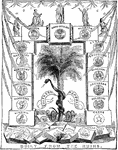
Southern Republic Built from the Ruins
A political cartoon of the Southern states being built from the ruins after the Civil War.
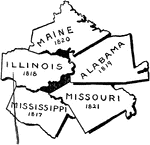
States Admitted 1817-1821
States admitted during James Monroe's presidency, "the era of good feeling": 1817-Mississippi, 1818-…

Vicksburg during the Civil War
The Vicksburg Campaign was a series of maneuvers and battles in the Western Theater of the American…
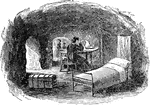
Cave Life in Vicksburg
During the siege, Union gunboats lobbed over 22,000 shells into the town and army artillery fire was…

Vicksurg, Mississippi
A view of Vicksburg, Mississippi which was first settled by the French, who built Fort-Saint-Pierre…

Siege of Vicksburg
"Siege of Vicksburg-the Twenty-third Indiana and Forty-fifth Illinois Regiments, Leggett's Brigade,…
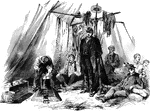
Thirteenth Illinois Volunteers
"Scene in camp life- company mess of the Thirteenth Illinois Volunteers in their camp before Corinth,…
